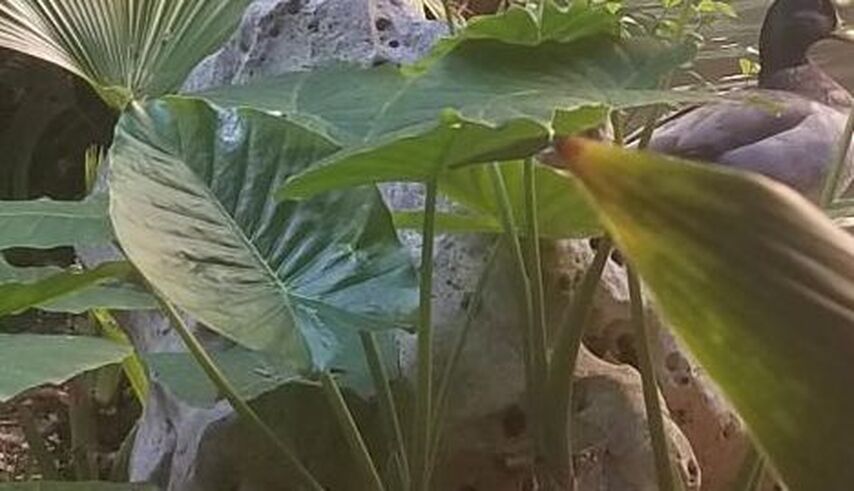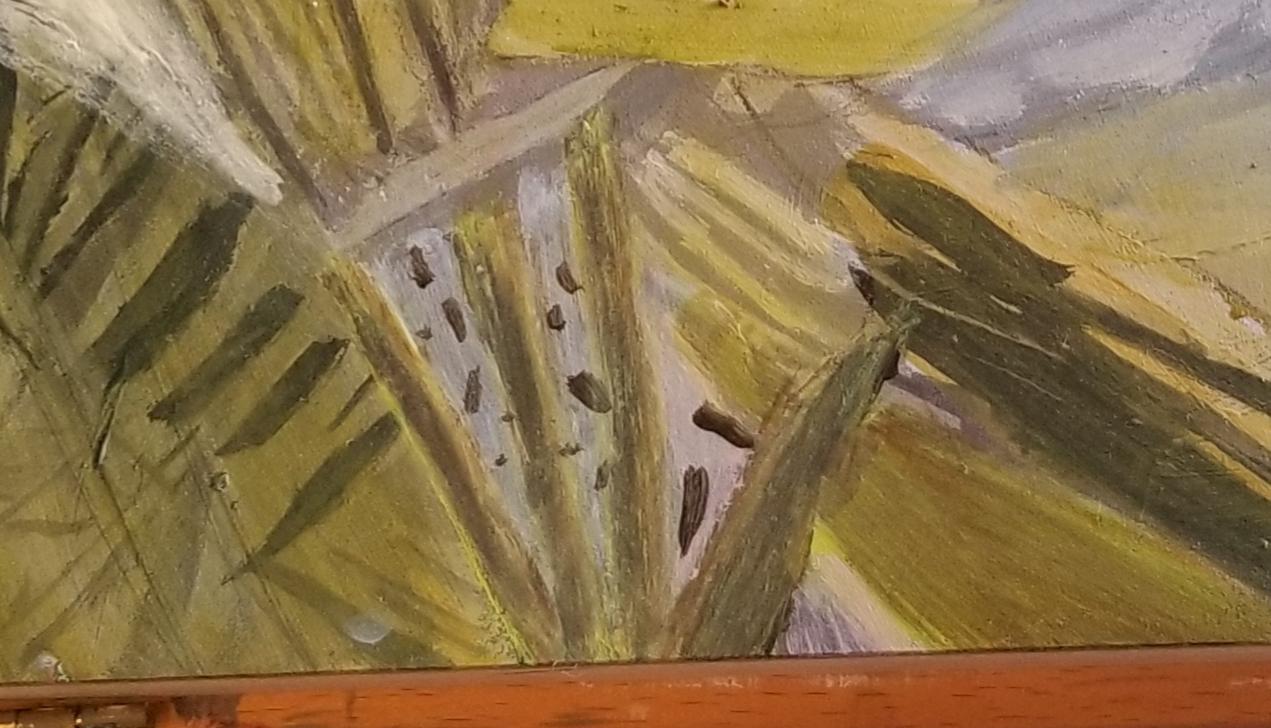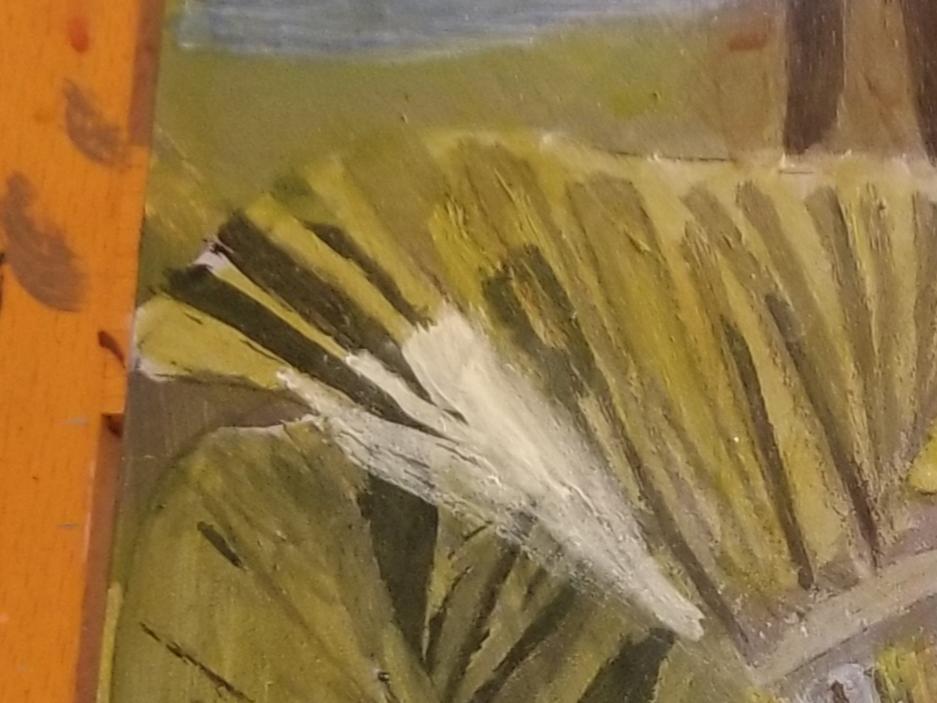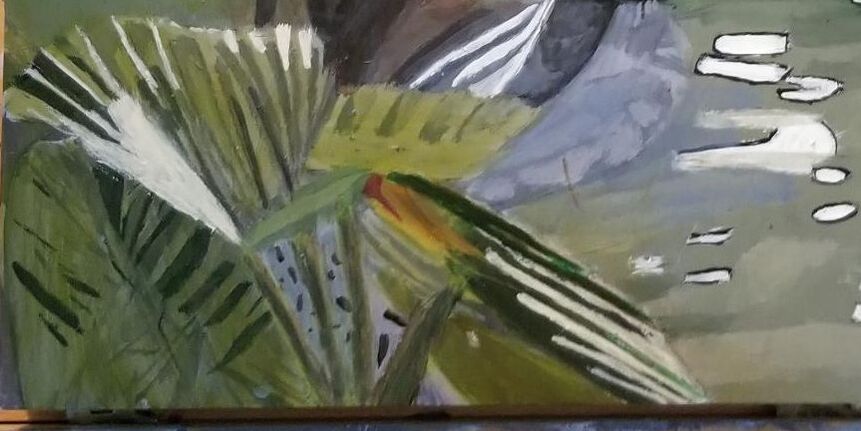|
I want to start off by saying that I think looking at your reference photo for a good while before starting to paint or draw is smart. I talked about this in my post about how to improve as an artist. But if you get into the mindset that you have to know exactly what to do before hitting the canvas, this can hinder your productivity and cause unnecessary anxiety. Eventually, you need to be okay with going forward with a piece without being one hundred percent sure. I struggle with this myself. That's why I'm writing about it. I can't help thinking I've wasted time because I was afraid to paint the wrong thing, when I could have moved forward with the piece by putting something, anything, on the canvas. Why do you think we try on clothes and look in the mirror instead of mentally figuring out what looks good on us? We're not afraid to try something on for fear that it won't flatter us. I know I'm not, at least. If the item doesn't suit us, we just don't buy it. I don't always know what colors to mix to get a shade that I see in my reference photo. It can be a debate between mixing yellow and brown or brown and white? The only way to settle this conflict with myself is to get out the paints that I think will make the color I want and start mixing. The more colors you mix, the more this sense of indecision will subside. You won't be a hundred percent sure if you like something or not until you see it on your canvas or paper. I'm thinking of what Lisa Clough has said in her live streams, which is to adopt the attitude of "Let's see what happens when I do this. let's look at how this is manifesting in my current piece. I really want to paint a sheer green over these reeds. Because this area is so small, though, I need to be super careful to thin my paint down enough so that it doesn't go on too thick. I don't have a lot of area to spread the paint out after all, so even a tiny bit is going to look very thick if I'm not careful. That makes me hesitate. Here's how the reeds came out. Not exactly what I was envisioning, but I'm pretty happy with it. 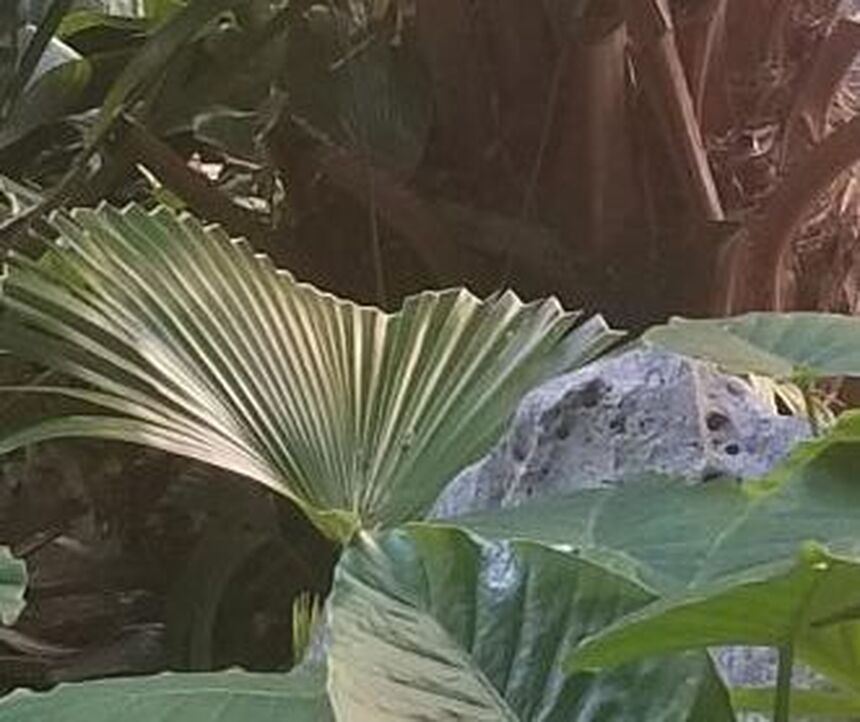 There's an obvious highlight on the side of this palm leaf I'd like to paint. It doesn't look green to me. If anything, it looks like a light tan color. I'm nervous about painting it because I've tried and failed to paint this highlight before. I tried using my unbleached titanium white. I was happy with my shade choice from my first brush stroke. Your eye will always know better whether something is right or wrong visually than your mind will. All I had to do now was make sure I followed the shape I saw in my reference photo. I brought the unbleached titanium white down to the bottom of the leaf in a pointed shape. Then I cleaned and dried my brush and blended out my edges. For my second attempt at painting the little tan highlights on the palm leaf, I used a my liner brush. I was much happier this time. I noticed there were also some thin stripy highlights too, so I painted those. I saw some colors, like yellow, brown, and purple, in the leaf closest to the river that I'd missed before. I didn't want to use straight yellow for it, so I mixed it with violet, because I thought it looked a bit reddish. I noticed there were some highlights on the side the same shade as the ones I'd painted on the palm leaf, so I painted those. If you're working in a medium that's not easy to cover up, like watercolor or colored pencil, you might want to keep a piece of scratch paper(that's the same type of paper your project is on)to test colors before using them on your project. Assuming it's not a commissioned piece, though, even if you do put the wrong shade down, at the end of the day, it's not the end of the world. You'll probably be the only one who notices the "mistake" anyway. Do you really think if you have a great foundation drawing, a fantastic balance of lights and darks, and phenomenal perspective,(okay, I'm getting a little ambitious here, but just go with me), if you're piece has all that, do you think the people you show it to are really going to notice if you used the "wrong" shade of blue somewhere. No, they're not.
0 Comments
Your comment will be posted after it is approved.
Leave a Reply. |
Sara MillettPainter of portraits and wildlife Archives
November 2023
Categories
All
|

